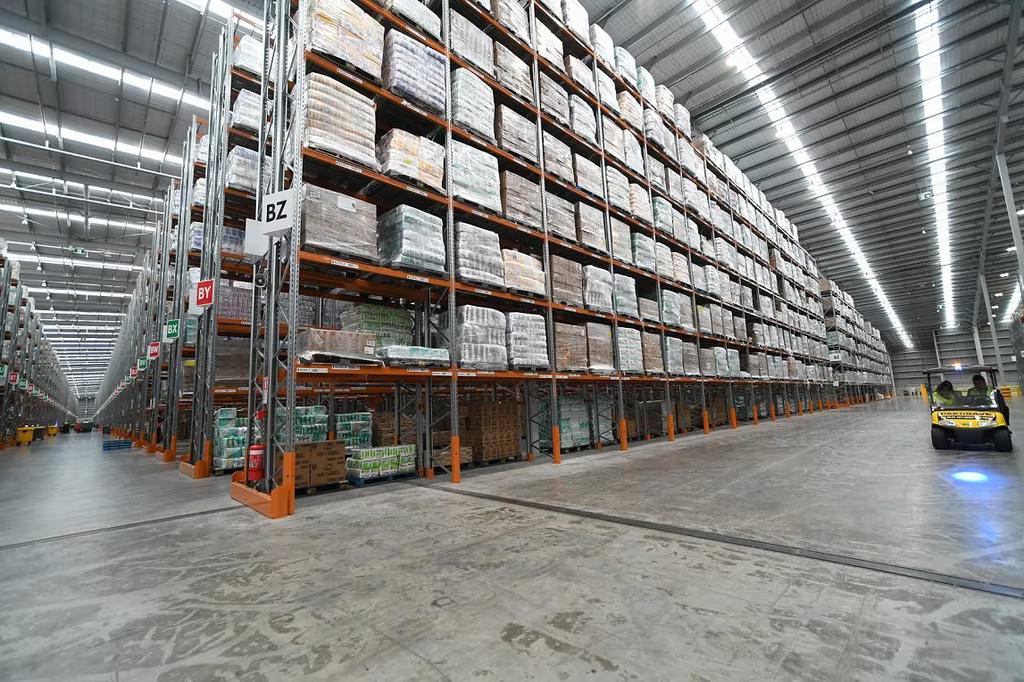
Media Release: Costs from grocery suppliers to supermarkets increase 6.1%pa in September
There was a further slowing in the average rate of supplier cost increases from suppliers to supermarkets in September 2023. The Infometrics-Foodstuffs New Zealand Grocery Supplier Cost Index (GSCI) shows a 6.1% increase in what suppliers charged supermarkets for goods in September 2023 compared to a year ago.
“Costs have continued to increase, but at a less intense pace than during 2022 and early 2023, with September’s monthly increase closer to the monthly increases seen in 2019,” says Infometrics Chief Executive and Principal Economist Brad Olsen. “However, underlying cost pressures are still running at nearly 4%pa.”
The Infometrics-Foodstuffs New Zealand Grocery Supplier Cost Index (GSCI), commissioned by Foodstuffs New Zealand, measures the change in the cost of grocery goods charged by suppliers to the Foodstuffs North Island and South Island cooperatives. The Index utilises detailed Foodstuffs NZ data across over 60,000 products Foodstuffs buys to stock in store, making it the largest dataset of its type in New Zealand, to give a real-time view on supplier cost changes.
Every month, the Index tracks what it costs supermarkets to buy the goods to put on the shelf. Previous analysis shows that supplier costs are the major component of supermarket prices, representing two-thirds of the on-shelf price.
“Nearly 4,800 items increased in cost in the September month, still more than double the 1,749 items that rose in cost in September 2020,” says Mr Olsen. “A larger proportion of items increased by 0-20% in September 2023 – around 65% compared to around 57% in September 2020. However, the proportion of items increasing by a large degree (20-80% in a month) was similar between 2023 (8.0%) and 2020 (8.8%).”
All but one department (produce) saw higher supplier costs in September compared to August, and seafood costs were among the fastest increases in September. “Grocery items had a mixed bag, with higher sugar, tinned tuna, and chip costs, but lower cooking oil costs. Produce costs fell in September from August, with the annual increase in produce costs now having slowed to 6.3%. Lower salad items costs (eg lettuce, cucumber, tomatoes) led this trend, although fruit costs rose,” says Mr Olsen.
“Lower monthly costs for some produce likely reflects both the usual seasonality and the effects of Cyclone Gabrielle ebbing away, alongside lower general cost pressures than a year ago. More items are still rising in cost, but with smaller magnitudes. Concerns remain for sustained input cost pressures, given higher diesel costs and a lower exchange rate, which will push up import costs.”
ENDS
Note:
The Infometrics-Foodstuffs New Zealand Grocery Supplier Cost Index (GSCI), commissioned by Foodstuffs New Zealand, measures the change in the cost of grocery goods charged by suppliers to the Foodstuffs North and South Island cooperatives.
The Index utilises detailed Foodstuffs NZ data, across over 60,000 products, analysed by independent economics consultancy Infometrics to produce the GSCI and publish it on a monthly basis. For more details see www.infometrics.co.nz/product/grocery-supplier-cost-index.









